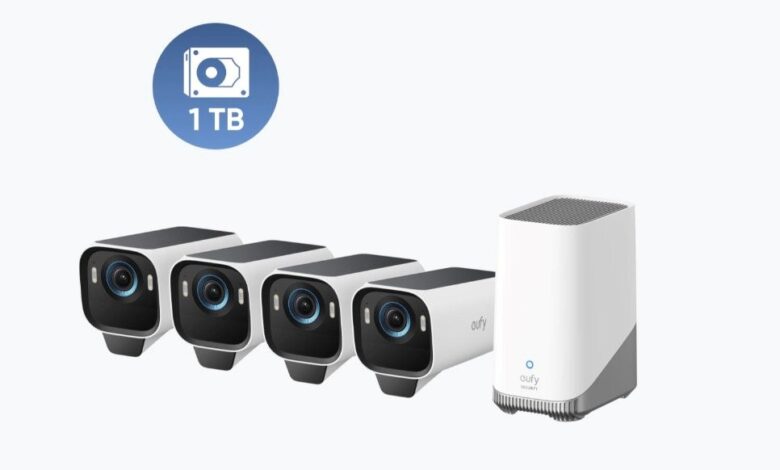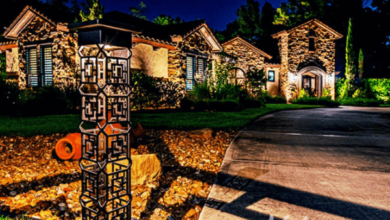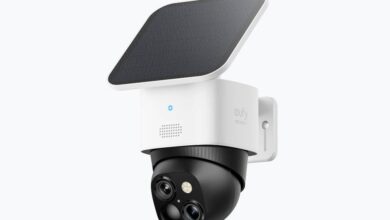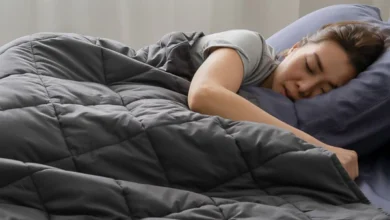What are the Common Security Camera Installation Mistakes?

Security cameras are becoming crucial to enhancing safety for homes and businesses alike. However, the effectiveness of these systems can be significantly compromised by installation errors. Many people unknowingly make common mistakes that can leave them vulnerable or cause the system to perform less optimally. This article identifies and elaborates on prevalent security cameras installation mistakes and offers practical tips for avoiding them.
Security Camera Installation Mistakes
Ignoring Blind Spots
One of the most frequent mistakes in security camera installation is neglecting blind spots. Cameras should be strategically positioned to cover all critical areas without leaving gaps in surveillance. Many users fail to assess the layout of their property adequately, resulting in vulnerable zones that intruders might exploit. To avoid this, conduct a thorough walkthrough of your property, identifying potential entry points and high-risk areas. Once identified, plan the camera locations to ensure comprehensive coverage. For instance, corners, heavily frequented pathways, driveways, and ground-level windows should be focal points during the planning phase. Additionally, using wide-angle lenses or multiple cameras can help reduce blind spots. Regularly revisiting the camera placements as your environment changes can further ensure that no new blind spots are created over time.
Improper Height and Angle
Mounting security cameras at the incorrect height or angle compromises their effectiveness significantly. Cameras placed too high may not capture sufficient detail to identify individuals or activities, while those too low are prone to vandalism. The recommended mounting height for outdoor security cameras is between 8 to 10 feet. This height is optimal to deter tampering and still capture clear facial features and other important details. Similarly, ensuring the correct angle is essential. Cameras should be angled downward to maximize the field of view, minimizing sky coverage, which can lead to overexposure issues. During installation, consider conducting a test run by observing live footage as you adjust the angle. Make gradual adjustments until the desired area is fully covered with clarity. Striking the right balance between height and angle ensures that footage is usable and effective in identifying potential threats.
Neglecting Lighting Conditions
Another common mistake is failing to account for varying lighting conditions. Cameras need consistent lighting to capture clear images, yet shadows, bright sunlight, or complete darkness can hinder their performance. For outdoor cameras, avoid pointing them directly towards the sun, as it causes glare and silhouette effects. Instead, choose shaded positions or use cameras equipped with wide dynamic range (WDR) technology to handle high-contrast scenes. Indoors, ensure cameras have sufficient ambient light, or opt for those with infrared capabilities for night vision. Avoid installing cameras too close to bright lights, as this can wash out images. Testing camera performance at different times of day helps identify lighting issues, allowing for adjustments or repositioning. Strategically placed supplementary lighting, like motion-activated floodlights, can also enhance visibility, especially at night, thus improving camera effectiveness.

Skimping on Equipment Quality
Many believe they can cut costs by opting for low-quality or outdated security camera systems. However, subpar equipment often leads to poor image resolution, unreliable functionality, and shorter lifespan, defeating the system’s purpose. High-resolution cameras provide clearer images, essential for identifying intruders. Investing in reputable brands known for quality and durability is advisable. Additionally, while wireless cameras offer flexibility, they may suffer from connectivity issues if the signal is weak or inconsistent. Consider a mix of wired and wireless setups to guarantee reliability. It’s also vital to keep firmware updated to protect against vulnerabilities and improve performance. Moreover, ensure that storage solutions, such as DVRs or cloud options, have ample capacity and reliability to store and retrieve footage when needed. Evaluating long-term benefits over initial savings often proves more economical and effective in maintaining robust security measures.
Conclusion
Avoiding common security camera installation mistakes is key to maximizing the effectiveness and reliability of your surveillance system. By addressing blind spots, ensuring proper height and angle, accommodating lighting conditions, investing in quality equipment, securing networks, and considering environmental factors, users can significantly enhance their security posture. Taking these proactive steps ensures not only better coverage and clearer footage but also extends the system’s longevity and resilience against both physical and digital threats. For optimal results, periodic reviews and adjustments to camera placements and settings are recommended to adapt to any changes within the monitored environment.





